In an effort to take better care of ourselves and our bodies, we need to think about what we put inside of them. It seems the health and wellness world is obsessed with this, too. Every other article is recommending this supplement, that probiotic or that vitamin and this list of organic superfoods.
Standing out among all of those buzzword-y headlines is the Whole30 Program. People who choose to Whole30 — as it has become known as a verb — omit dairy, grains, legumes, sugar and alcohol from their diets for 30 days. And most people report that, initially, their bodies rebel, causing them to become lethargic or cranky or fatigued. But once their bodies adapt to eating “caveman” food, they experience incredible positive results, such as more energy, less bloat, clear-headedness and even relief from autoimmune symptoms or other bodily complaints.
Of course, not many people can maintain a diet as clean as Whole30 all the time. Post-Whole30 reintroduction is prominently focused on in the guidelines for completing the program. It’s recommended that people take their time adding back food categories one at a time and observing how they affect each person individually. Hoping to maintain the magic-like effects of the Whole30 without sticking to its strict list of compliant foods 100 percent of the time is the main goal post-Whole30. The program’s co-founder, Melissa Hartwig, wrote a book called “Food Freedom Forever” that guides readers through the process of finding this balance without sabotaging the hard work and benefits experienced while living Whole30.
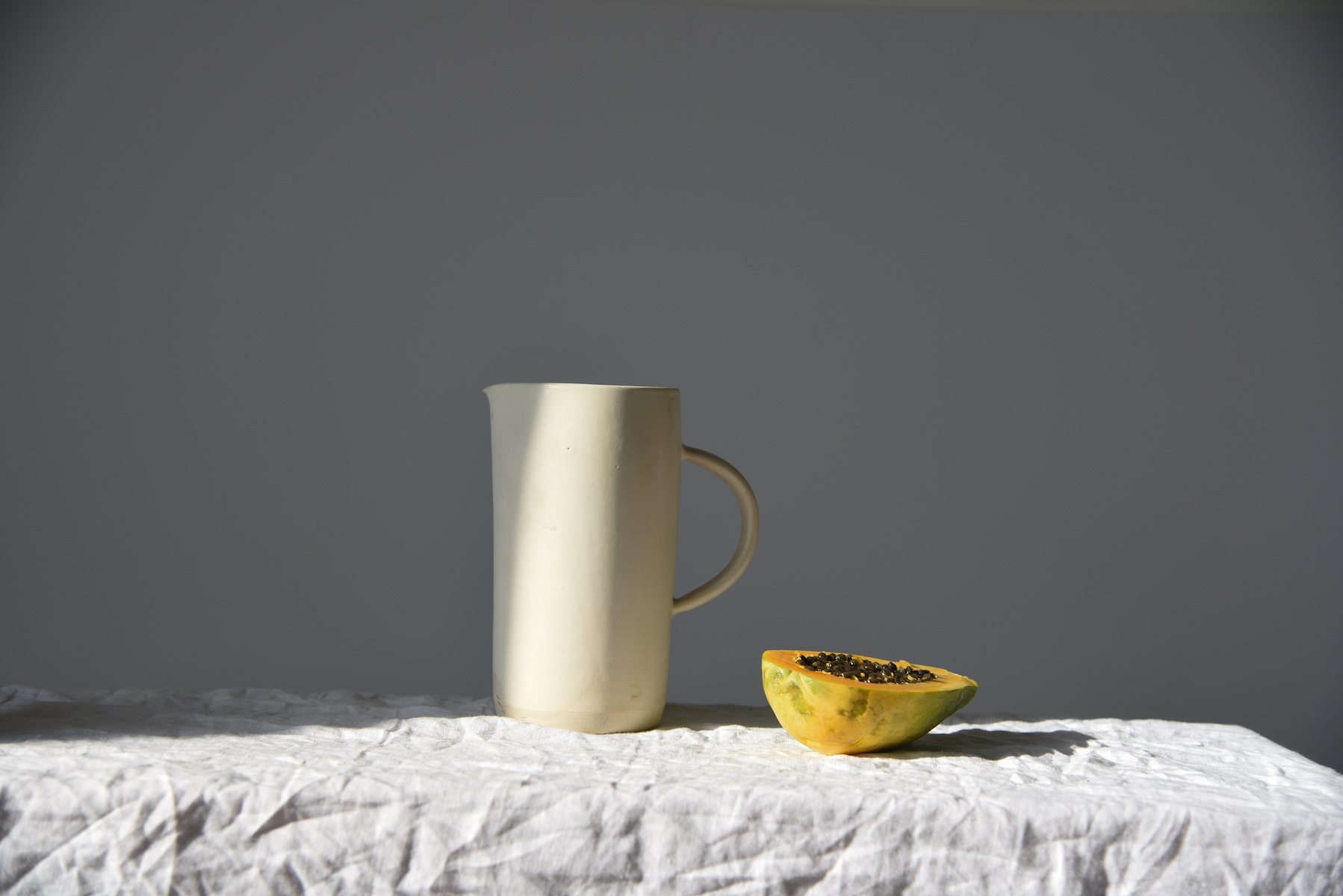
After taking part in three rounds of Whole30 and reading Hartwig’s books, I was eager to find my personal food freedom. We all want to approach our food from a healthy perspective and allow it to be fuel for our bodies, as we know it should be. However, food can have a lot of sentimentality wrapped up in it, such as memories of Mom’s special cookies from growing up baking with her. Or it might have been a source of comfort during bouts of loneliness in college or post-breakup. Food could also have been a source of healing. Grappling with the psychology of our food is just as important as eating it.
With my middle school students the other day, I discussed the relationship between freedom and self-control. We decided that freedom and self-control go hand-in-hand and that the opposite of freedom is slavery. If I am truly free, nothing controls me, meaning nothing has sway over me. I am not addicted, pressured or reliant. I am free. True food freedom, then, means having power over the food choices I make, not the other way around. My food does not control my decisions.
Grappling with the psychology of our food is just as important as eating it.
When we value ourselves and our bodies, we are living up to being our best selves. And when we are free to be our best selves allowing nothing else to control us, we are also truly happy.
Below are some suggestions for your post-Whole30 and post-reintroduction phases when you are ready to enjoy your true, personal food freedom.
1. Know your “trigger” foods and don’t make it easy to find them.
This has been the biggest and toughest lesson for me. If you’re really intentional in the reintroduction phase, you will know which foods cause you the most discomfort, bloating, headaches, etc. These foods might also cause you to slip when it comes to self-control. As much as they might be tempting or taste good in the moment, you’ll regret derailing yourself this way and forsaking your progress, health and freedom.
So make things easier on yourself and avoid these foods. Don’t walk down that aisle at the grocery store. Order food online to avoid the grocery store altogether. As the saying goes — out of sight, out of mind.
2. Be picky about special occasions.
This lesson goes right along with the first one. Being totally free also means being able to say, “I know this ice cream won’t make me feel great after I eat it, but it’s worth it.” If you’re on vacation and visiting your favorite ice cream parlor from childhood, then that’s probably worth it because it’s truly special. If you’re in Italy and want to eat authentic pasta, that’s definitely worth it.
Is it Friday and has it been a long week? Not a special occasion. It becomes a slippery slope where everything could be construed as a special occasion, so you really need to be strict with yourself about what constitutes an occasion as “special” and worth it.
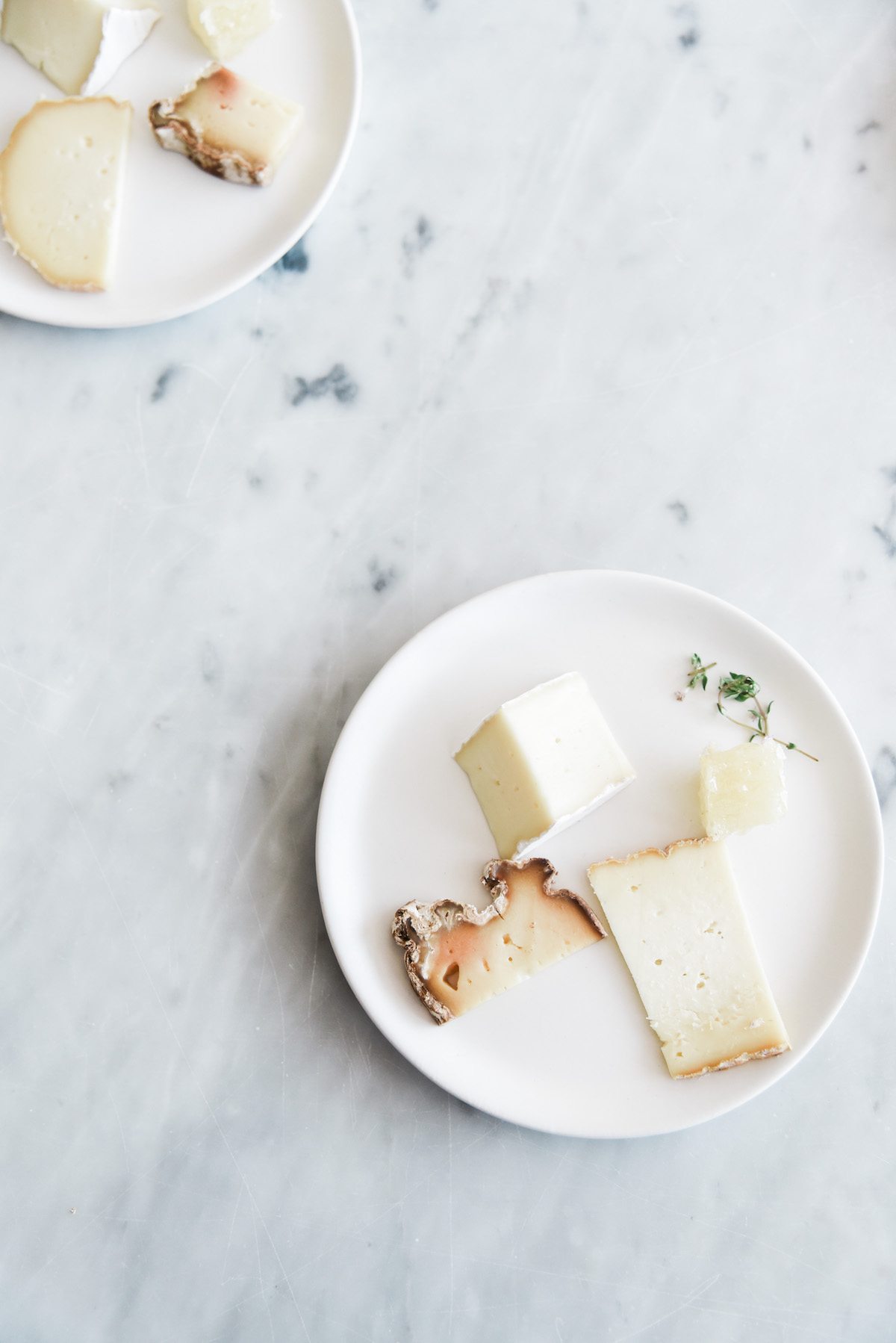
3. Own your choices.
That being said, if you do go off-track, own that decision. Don’t allow circumstances — an office party, a friend’s birthday, the candy jar in the waiting room — to control your decisions. You should own your decisions and mean them. If you do decide that a food item that’s technically off-plan is worth eating, then don’t beat yourself up about it. Enjoy it, savor it and then move on. Don’t wallow in self-pity or eat the whole bag. Own it.
4. Discover ways to care for yourself other than food.
After reading Hartwig’s book, I had to take a more serious look at how I was treating food. I found that a lot of my food experience was tied up in family traditions, but also in comforting myself. It’s been fun to find new ways to care for myself other than food. And eating food that’s good for me and makes me feel energized instead of lethargic is actually one way to do that.
Getting a book from the library that’s been on my list for awhile, pushing myself in a workout, watching a movie that was recommended to me, listening to a podcast, practicing calligraphy, trying a salsa dancing class and calling friends on the phone have also become new strategies for self care. (HERE are some other great ideas!)
5. Plan ahead as much as possible.
This should not be overlooked! We don’t make our best decisions when we are time-crunched or stressed or hungry or tired. One tool I’d like to try is Real Plans, a meal-planning service that makes grocery shopping and meal prepping a lot simpler. Strategizing and having a plan in place makes it less likely that we’ll make last-minute decisions to eat cupcakes instead of kale.
*As always, consult your doctor for your full health plan before making major diet changes.
Have you tried the Whole30 diet? Tell us your experience below.
Images via Tess Comrie

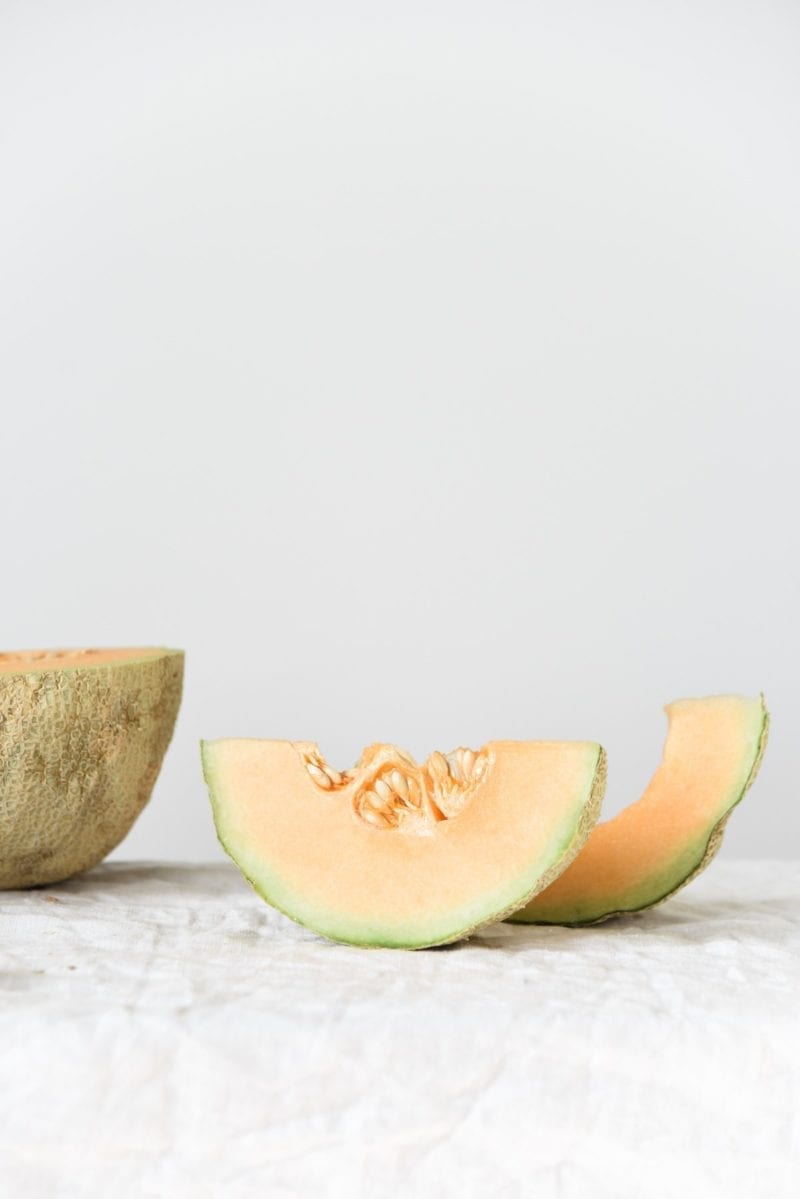
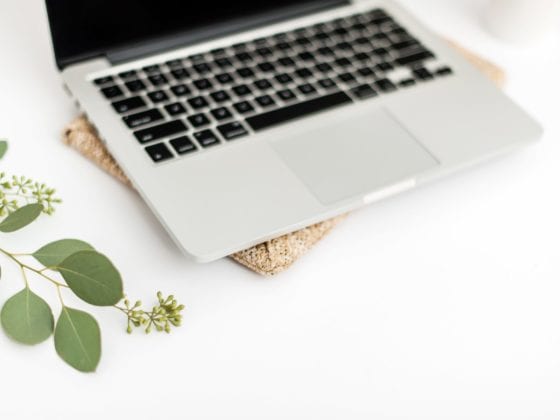




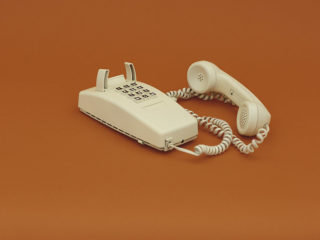




4 comments
Did Whole 30, glad I did. Going to start another one in a few days. Great experience–best to do with someone else–have a buddy for support. It’s only 30 days, and it’s amazing what you discover about yourself, food wise, discipline, emotionally, psychologically, etc.
I’m pretty anti-whole 30 due to the fact it made me dairy intolerant. Cutting out entire food groups is an easy way to do that (acc to my dietician friend.)
I would love to be able to eat ice cream or even yogurt or cheese again. But alas.
It’s smart to work on your own eating awareness but this style of extreme restrictiveness can exacerbate or cause allergies to appear. I’m not a fan.
Mary Grace, I love this article! As someone currently on my second Whole30, you offer great tips for day 31. But more than that, I think you nailed a concept that popular culture often gets wrong: that freedom and self-control do go hand-in-hand. I’ve been surprised by the reaction that I often get from others about Whole30 – the mentality is that by restricting myself, I don’t get to be free. I had always thought there was a flaw to this logic, but couldn’t put my finger on it until today. So insightful!
I think, this is more than interesting, worth to consider….but I feel too much french or italian and sometimes for me it’s really important to eat a cupcake instead of kale, because it’s for the soule, to taste it, to really enjoy it, almost sensual. Dark and bright, healthy and obviously not so healthy, it all belongs together. You have to find your own personal mixture, trying to avoid extremes. The only chance for me to live in peace with food, the way to freedom and not slavery.